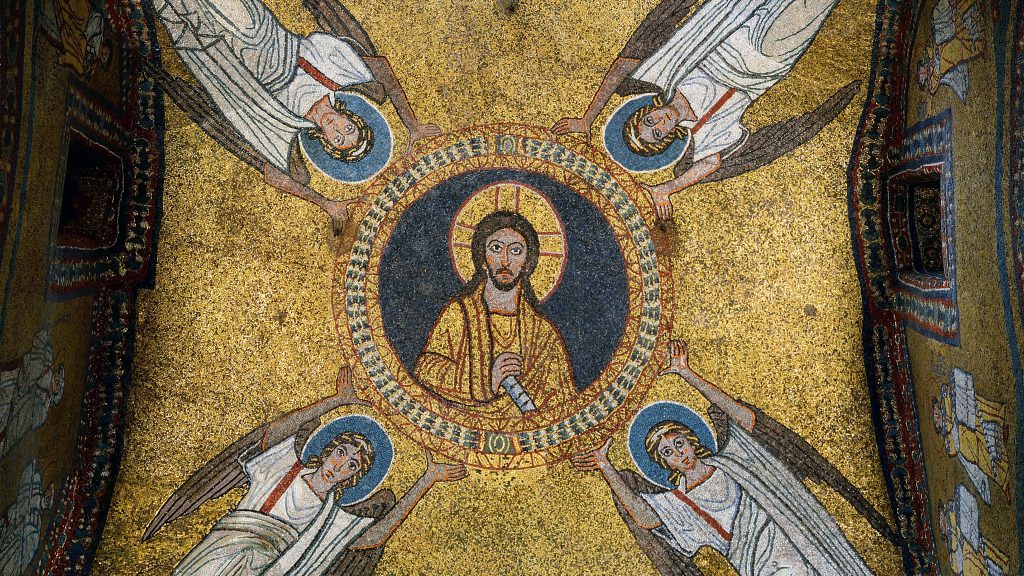Gender and Sex
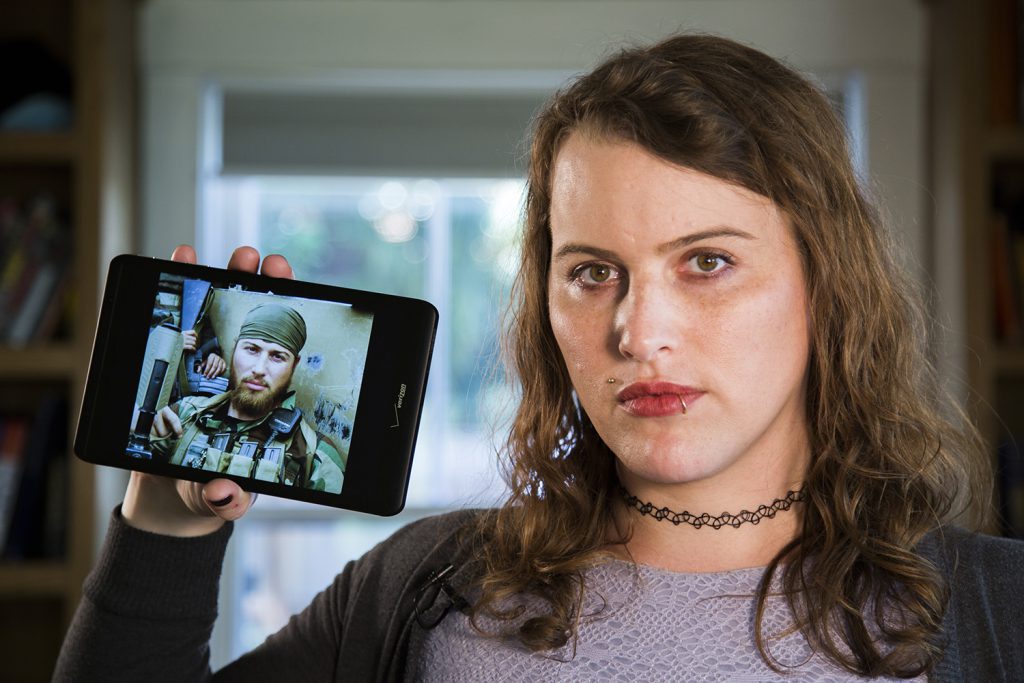
Gender and sex shape our personal identities, indicate how we should relate to others, and help us determine where we fit into our worlds. This unit gives students an opportunity to consider the differences between sex and gender cross-culturally. They are encouraged to question power imbalances along gender lines and how institutions are changing to reflect debates around gender and sex.
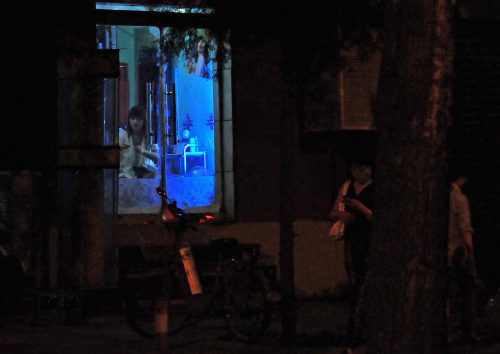
The Moral Code of Chinese Sex Workers

Confronting Rape Culture

A ascensão das tias na política paquistanesa
![Uma pessoa usando um vestido branco cuja saia é feita de fitas, cada uma com um nome escrito, inclina-se para trás com os olhos fechados. Ela está na grama, com uma faixa do Black Lives Matter [Vidas Negras Importam] no chão ao seu lado e um círculo de bateristas e espectadores ao redor.](https://www.sapiens.org/app/uploads/2023/07/01_Say-Her-Name-rally-500x337.jpg)
A urgência de vislumbrar um mundo sem polícia

My Errant Uterus

What Is “Natural” for Human Sexual Relationships?
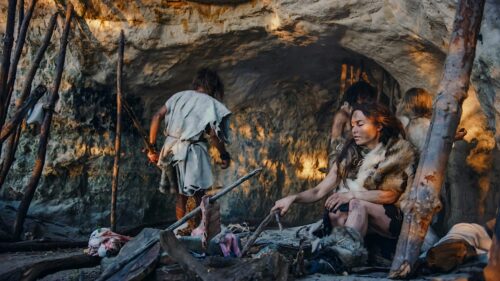
Dismantling the “Man the Hunter” Myth
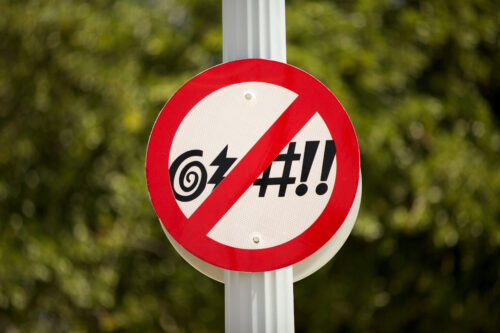
Why I Ask My Students to Swear in Class

Dating Apps Can Gauge Attraction but Not Chemistry

Two Myths Fueling the Conservative Right’s Dangerous Transphobia
- Understandings of sex and gender are shaped by social norms and beliefs, and are upheld by institutions.
- Views on sex and gender have changed from considering them the same to recognizing that sex refers to biological characteristics while gender points to a person’s social identity.
- Anthropologists have helped challenge rigid perspectives on gender and sex binaries, reveal the hierarchies that support and reinforce gender inequality, and call for the eradication of those hierarchies.
- It is important to analyze the influence of colonialism on modern-day perspectives of gender, gender roles, sex, and sexuality.
- Sexual violence is one of the most recognizable ways that patriarchal societies maintain order.
- Because sex and gender are social constructions that have changed over time, they can be transformed to create equitable societies.
-
Guttman, Matthew. 2014. “Alternative Cultures of Masculinity: An Anthropological Approach.” In Alternative Masculinities for a Changing World, edited by José María Armengol-Carrera and Angels Carabi, 51–62. London: Palgrave-MacMillan.
-
Ortner, Sherry. 1972. “Is Female to Male as Nature Is to Culture?” Feminist Studies 1 (2): 5–31.
- How do gendered differences play out across cultures and time?
- What do legal statutes tell us about how societies view and respond to gender differences?
- Why might there be a problem with classifying all gender-nonconforming people as “third gender”?
- How do different Indian social hierarchies and power dynamics shape the changing place of hijras?
- What are some ways that we can start to think differently about gender roles and sexuality?
- Have students watch Paula Stone Williams’ “I’ve Lived as a Man and a Woman.” Break the class into small groups and discuss what the speaker learned—and what each student learned.
-
TEDx Talk: Alice Dreger’s “Is Anatomy Destiny?”
-
Video: Soraya Mire’s “Fire Eyes”
-
Video: Jean Kilbourne’s “Killing Us Softly: Four Advertising Images of Women”
-
Video: BBC’s “Me My Sex and I”
-
Video: The Guardian’s “Muxes—Mexico’s Third Gender”
-
Video: Crash Course Sociology #33’s “Theories of Gender”
Eshe Lewis (2020)
Religion
